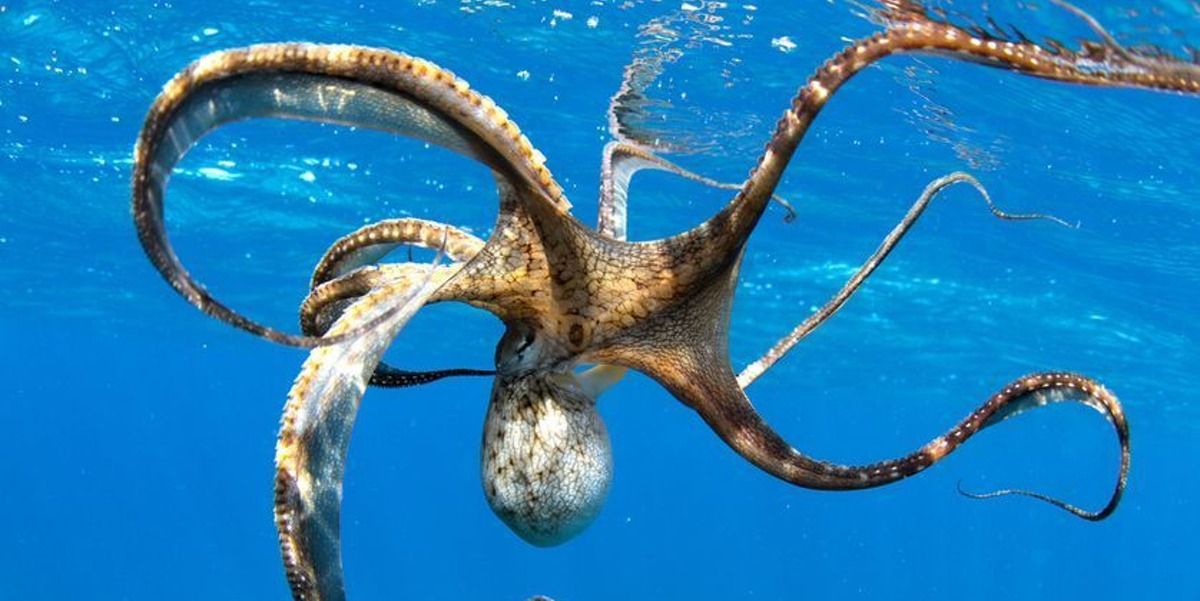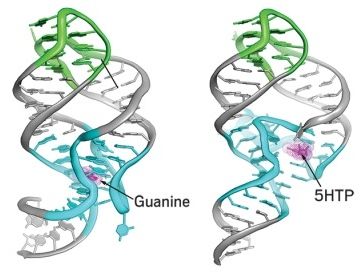Interesting read especially as we look at various areas including synbio and super humans.
The results are significant for gene therapy procedures and for our understanding of cell transformation. A team of researchers from the biology department at TU Darmstadt has discovered that the processes for repairing DNA damage are far more complex than previously assumed. The ends of breaks in the double helix are not just joined, they are first changed in a meticulously choreographed process so that the original genetic information can be restored. The results have now been published in the research journal Molecular Cell.
DNA, the carrier of our genetic information, is exposed to continual damage. In the most serious damage of all, the DNA double-strand break, both strands of the double helix are broken and the helix is divided in two. If breaks like this are not efficiently repaired by the cell, important genetic information is lost. This is often accompanied by the death of the cell, or leads to permanent genetic changes and cell transformation. Over the course of evolution, ways to repair this DNA damage have developed, in which many enzymes work together to restore the genetic information with the maximum possible precision.
As it stands today, there are two main ways of repairing DNA double-strand breaks, which differ greatly in terms of their precision and complexity. The apparently simpler method, so-called non-homologous end joining, joins together the break ends as quickly as possible, without placing particular importance on accurately restoring the damaged genetic information. The second method of repair, homologous recombination, on the other hand, uses the exactly identical information present on a sister copy to repair the damaged DNA with great precision. However, such sister copies are only present in dividing cells, as the genetic information has to be duplicated before the cells divide. But most cells in the human body do not undergo division, which therefore assigns them to the apparently more inaccurate method of end joining.
Read more
















